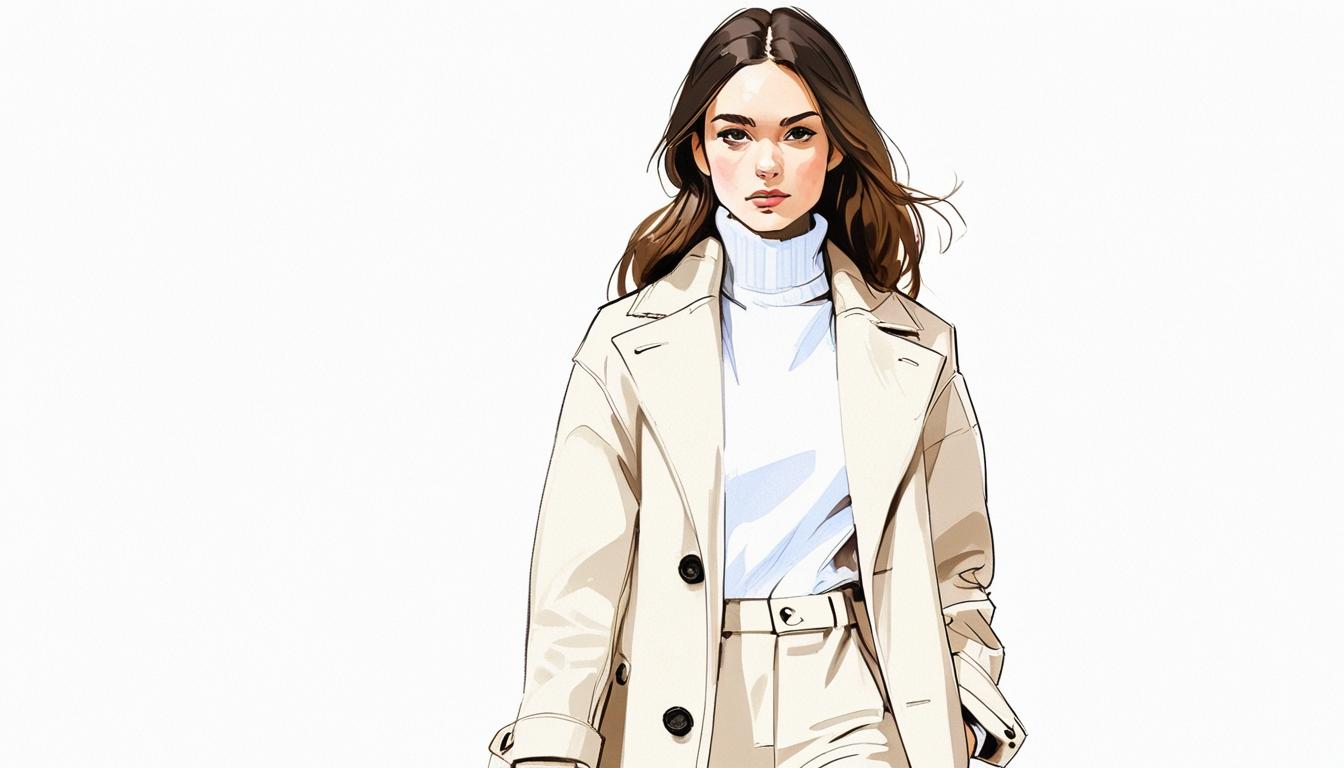The belief that white should not be worn after Labour Day is one of fashion’s most persistent and perplexing rules. However, many are now discarding this outdated notion, embracing a more flexible approach to seasonal attire. While the exact origins of this convention remain murky, style expert and Velvet Image Lab founder Elena Mensch posits that it likely arose centuries ago as a practical measure. In an era when clothing was more vulnerable to soiling from adverse weather conditions, white garments were particularly susceptible, making hand-washing a chore during the colder months.
Mensch further suggests that this rule served as a social marker established by old-money families, who were keen to distinguish themselves from the rising class of "new money." They would return to urban life after summering at coastal destinations, and donning white after Labour Day was viewed as a signifier of newly acquired wealth. As Mensch notes, “If they spotted someone wearing white after that date, it signalled first-generation wealth.”
Contemporary attitudes towards this rule reflect a significant shift in cultural values regarding fashion and social status. Stylist Vanessa Valiente highlights this transformation, stating, "Caring about social status is becoming passé." The evolution of style, alongside the efforts of designers and brands, is making white clothing more accessible year-round. In particular, fashion houses are producing winter-friendly white garments, subverting the old conventions and granting consumers new freedom in their fashion choices.
Celebrity endorsements of this shift further underscore its acceptance. Public figures, including Princess Eugenie and Meghan Markle, have been seen wearing white outfits during events held in the off-season, illustrating that white can be both practical and chic in colder months. This modern twist infuses the seemingly rigid guidelines with a degree of elegance, allowing room for creative expression even in wintry settings.
Historically, the fixation on when to wear white aligns itself with social hierarchies, particularly during America's Gilded Age. According to various fashion analyses, including insights from Vogue, the upper class notoriously donned white apparel to signify their wealth and leisure. In defiance of these norms, influential fashion icons like Coco Chanel famously wore white throughout the year, challenging prevailing beliefs and inspiring future generations to reconsider the stringent rules of fashion.
The discourse surrounding the ‘no white after Labour Day’ rule exemplifies a broader dialogue about individuality and freedom in style choices. Many enthusiasts argue that such restrictions feel unnecessarily archaic in today’s more egalitarian fashion landscape. As principles of inclusivity and personal expression take hold, the spectre of outdated fashion norms begins to fade, making way for fresh interpretations of style.
Ultimately, the rejection of the 'no white after Labour Day' rule reflects a newfound appreciation for creativity, one that is steadily reshaping the way society approaches fashion. The emphasis is now on personal style, allowing individuals to embrace white not just as a seasonal colour but as a versatile staple that transcends traditional boundaries.
Reference Map
- Paragraphs 1, 2
- Paragraph 3
- Paragraphs 4, 5
- Paragraphs 6, 7
- None
- None
- None
Source: Noah Wire Services
